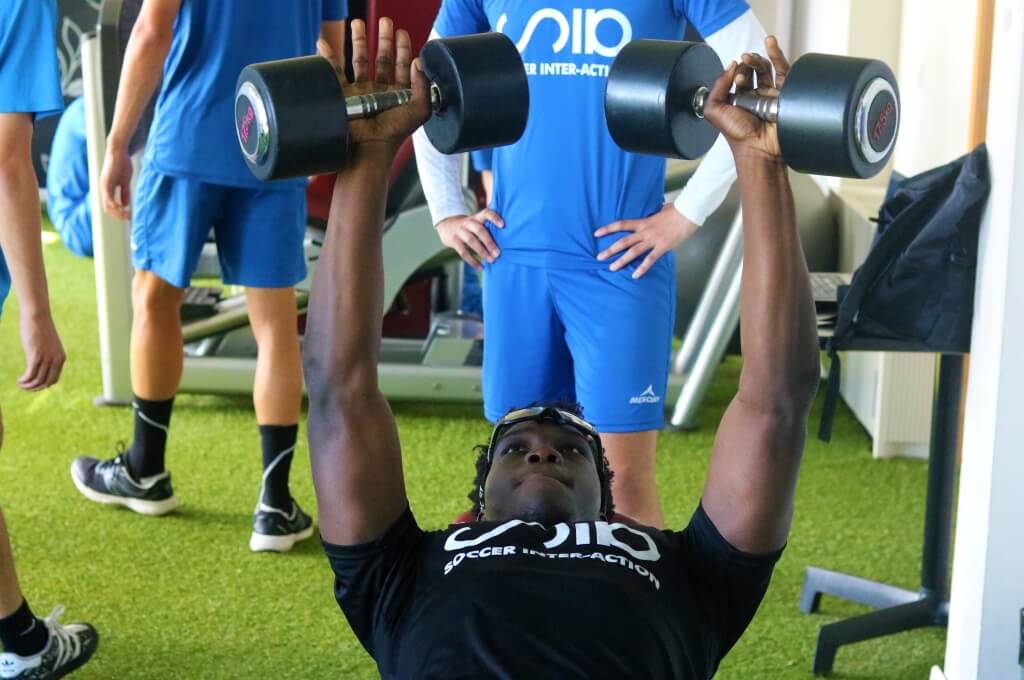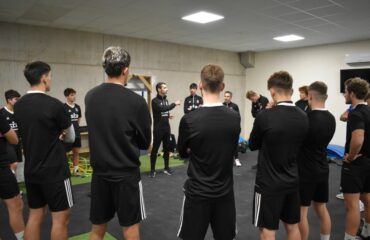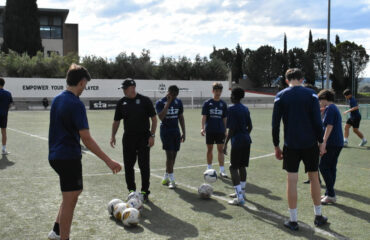As we have already mentioned, adjuvant training are the practices that allow the athlete to not only enjoy a state of achievement and protection of their health that enables them to perform the tasks proposed by their training every day (Seirul-lo Vargas, 1986; Seirul-lo Vargas, cited in Romero and Tous, 2010),
but also to optimise those components, structures and systems that each speciality requires and that facilitate and bring the athlete closer to the desired level of performance (Cos, 2017).
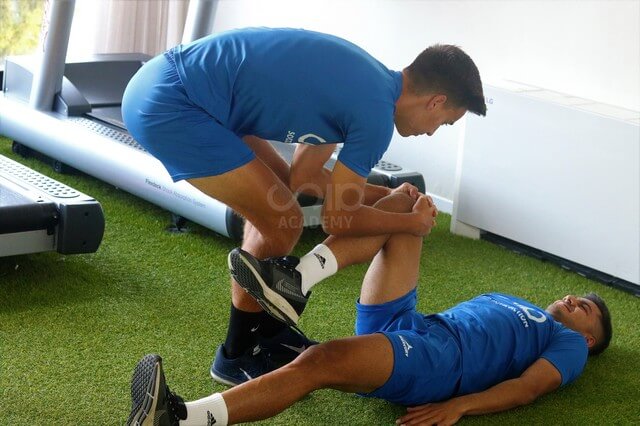
Adjuvant recovery training
Today we will talk about adjuvant recovery or restoration training. Increasingly, athletes are subjected to demanding calendars where there is a fairly high volume of competitions, and it is therefore vital to control training loads and plan recovery sessions well.
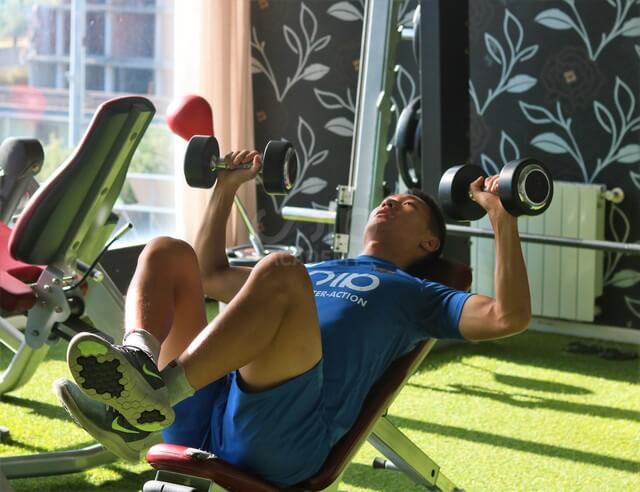
Adjuvant restorative training is that type of training dedicated to optimising all the means of recovery of the athlete after intense training sessions and each competition.
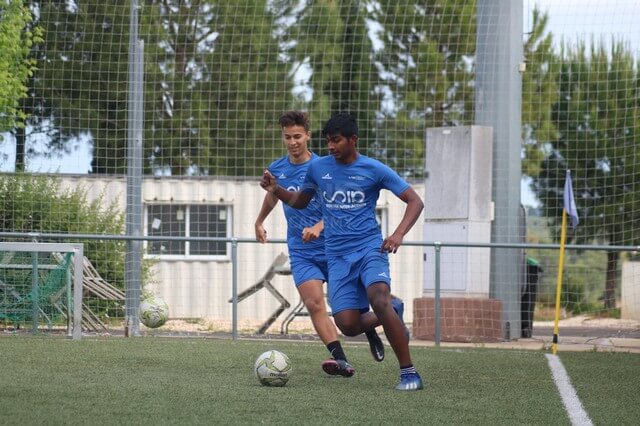
This recovery must be carried out at an integral level in all its structures, although preferably in the conditional, cognitive, coordinative, emotional-volitional and bioenergetic ones (Calleja-González et al., 2018).

But how do we carry out these processes in our academy?
At SIA academy, these processes are carried out in coordination with all departments and specialists: doctors, physiotherapists and nutritionists.

At an organisational level in the academy, these sessions are carried out by players who have played more than 60 minutes, players who are not well recovered in the daily load control diaries the day after the match, or players who are in the process of readaptation.
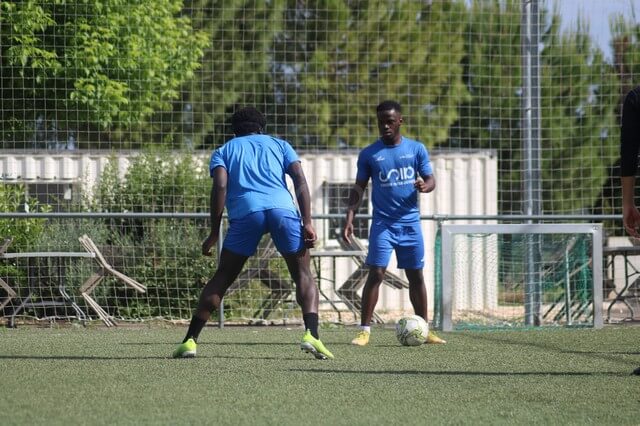
Taking into account a series of indices (such as the quality and quantity of sleep, how the muscles feel when waking up, mood and other indicators of recovery), our physical trainers, together with the other departments, analyse the fatigue profiles of the players and select the best training sessions to optimise recovery.

How do we organise the sessions?
Once we have analysed the data from the previous match and the fatigue diaries, we choose the recovery session for each player.
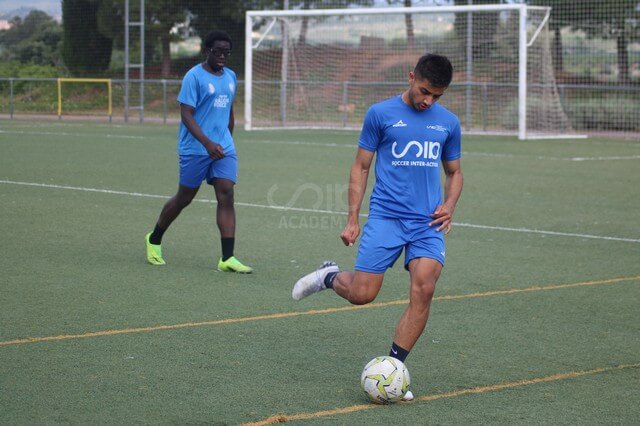
As an outline, the session is usually divided into the following parts:
- Regenerative aerobic training with a bike or elliptical (without impact) at 55-60% of the HR max
- Mobility work & foam roller (ankle, hip and thoracic) to try to normalise the players’ joint ranges.
- Upper body strength training + Core stability
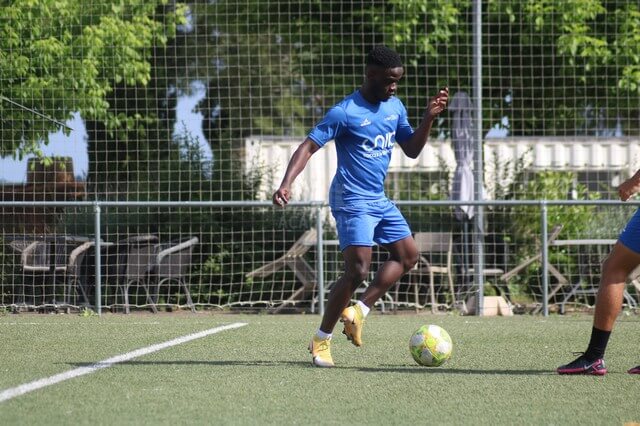
Here, depending on how many minutes the players have played, their needs, and when the next game is, we do one strength training or one more.

Taking into account a very interesting article from 2020 by Martin Buchheit and collaborators, we decided on the strength work to be done with the following criteria:

To summarise:
- A player who has played a match of more than 60 minutes performs a recovery session on a structural level if the next match is after 3 or + days, but it would be counterproductive if the gap were 2 days or less.
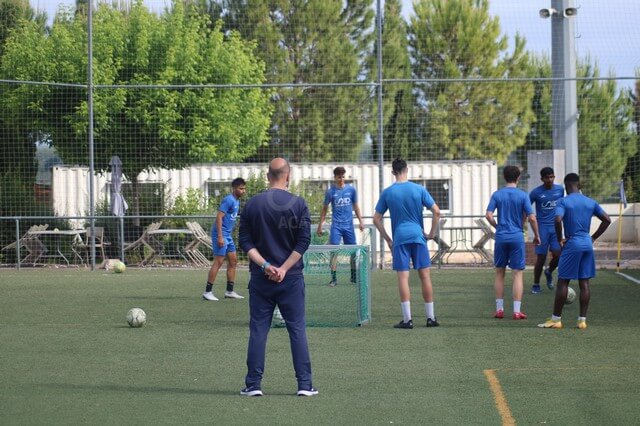
- Players who play less than 30 minutes (which is usually located within this structural session of strength at the upper body level) will carry out this session if the next match is 3 days or more away. If there are 2 days and that match is away from home and involves time differences in terms of travel etc. we would consider its inclusion or not, despite the player having played less, due to the response that we see at the central nervous system (CNS) level which can last up to 48 hours or more.
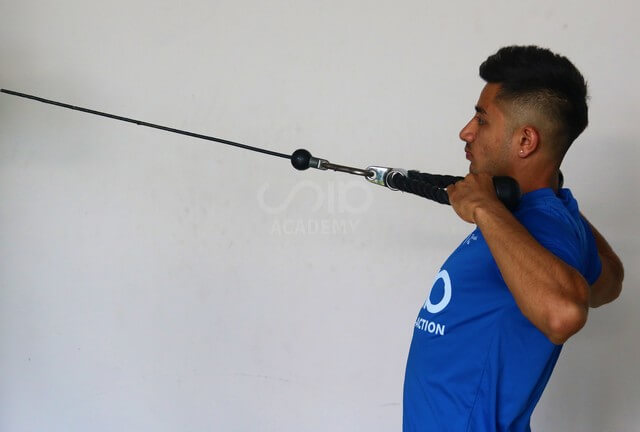
- Partial sessions on the football pitch: such as recreational games with the ball or football-volleyball matches. During these sessions, it should be noted that if the players are too tired at a muscular level, they are not carried out.
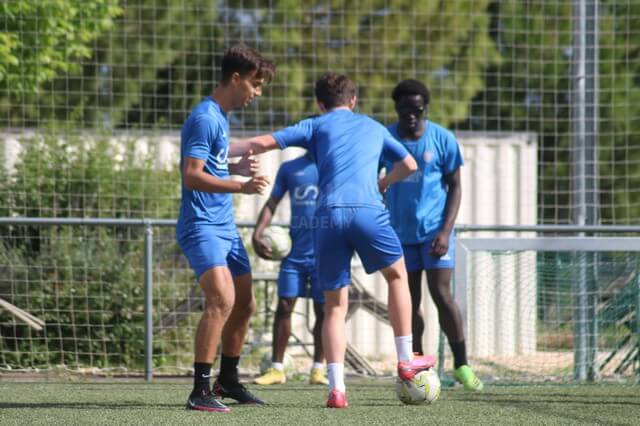
- Physiotherapy or cryotherapy sessions: if the players are very sore at a muscular level, they will finish the recovery session by doing one of these two options
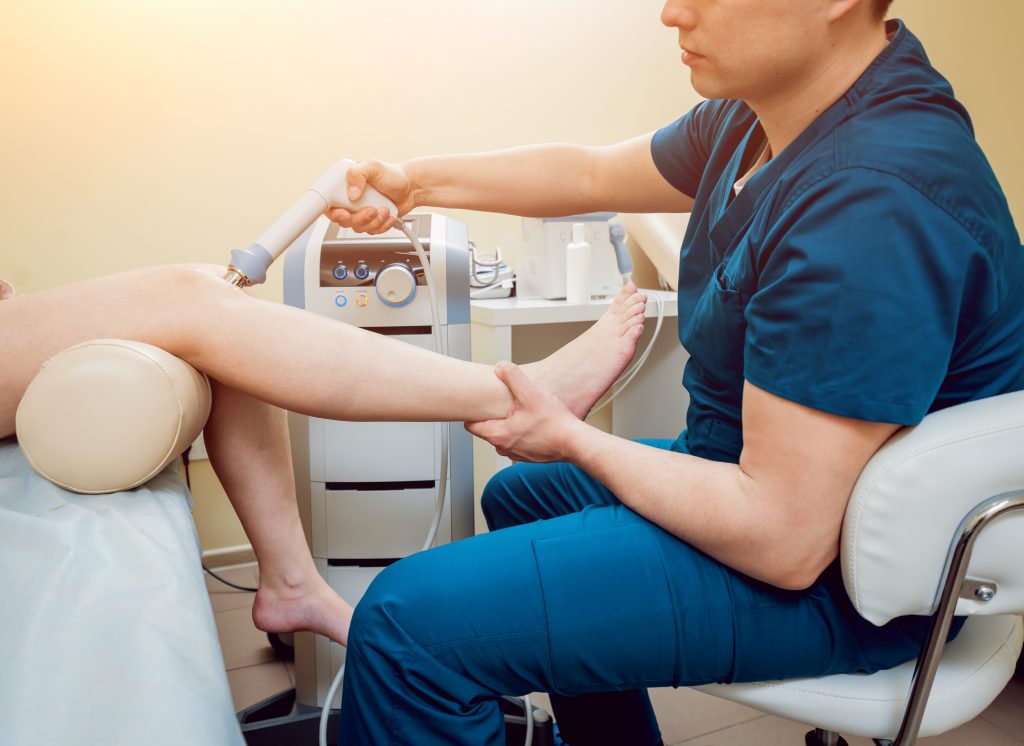
XIMO BLASCO FERRE PREPARADOR FÍSICO DE SOCCER INTER-ACTION



